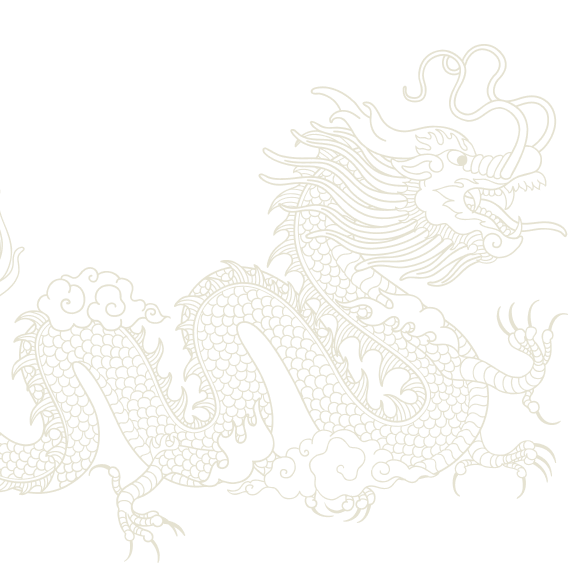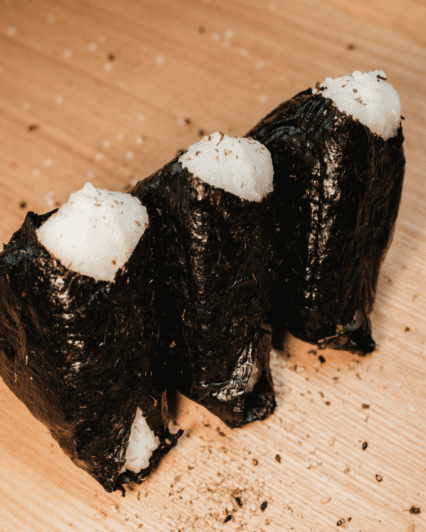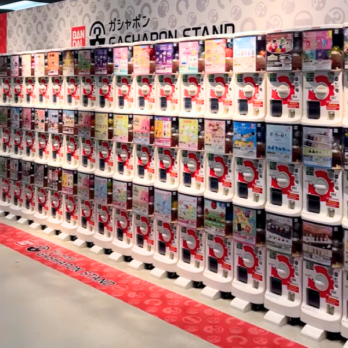Japanese Holidays From Spring To Autumn
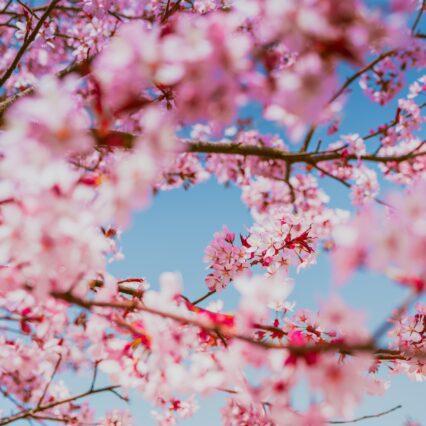
Japanese Holidays From Spring To Autumn
These often will metaphorically emphasize the season — or sometimes even are explicitly centered on it, as is the case with celebrations like Hanami, the time when the cherry blossoms bloom. From spring until fall, you’ll find holidays each month in Japan that are grounded in time, nature, and our relationship to both.
Here are some of them and what makes them special:
February: Setsubun
While we tend to think of February as wintertime, the Japanese celebrate Setsubun during this month as a celebration of the end of winter and beginning of spring. It marks the division of seasons and is accompanied with traditions that revolve around beans; people will both eat and throw beans in special rituals during this time, and there is also special sushi for Setsubun, too.
This holiday is thought to have originated in China before being adopted by Japan over 1,000 years ago. As you’d expect, this means Setsubun is based on the old lunar calendar, so the Gregorian date varies each year.
After coming to Japan, the beginnings of some of the modern traditions like throwing beans started to come about around 500 to 700 years ago. In modern times, this includes bean-throwing ceremonies at temples as well as smaller traditions at home. In the latter case, people will throw beans around the house to ward off the evil spirits that bring misfortune, at the same time proclaiming “demons out, fortune in!” Young children will sometimes also throw beans at an adult dressed like an oni demon. People will also eat one bean for each year of their life, plus one extra bean for the upcoming year.
This bean-centric holiday might seem kind of random to outsiders, but the reason for all the beans is the thought that the word for bean sounds similar in Japanese to the word for demon — in fact, they’re both transliterated to English as “mame.”
March: Hinamatsuri (Girls’ Day)
On the third of March is Hinamatsuri. This day began as a Shinto holiday and as time went on became, through extension, a tradition of Japanese culture at large.
As the name suggests, this holiday is about celebrating and praying for young girls, a day where they were given special focus in a society that was historically patriarchal and in which men and boys were otherwise given more value and attention.
At the same time, its older origins were in celebrating the early-spring blooming of peach trees. This is still reflected in the alternate name for the day, “momo no sekku,” which means “peach festival.”
Along with those two names, it’s also referred to as Dolls’ Day due to the main element of celebration revolving around the display of ornate dolls, the practice of which has been a tradition for a few hundred years. Originally, these dolls were brought out to ward off malevolent spirits, but now they’re just appreciated for the tradition and symbolism.
These dolls, called hina-ningyo, are often passed down from generation to generation and are brought out in the days preceding Girls’ Day by the mothers and daughters in a family. Depending on the family, anywhere from two dolls — representing the classical emperor and empress — to more than 15 will be arranged. They’re dressed like the old imperial court and are displayed together on a terraced, red carpeted platform.
April: Hanami (Cherry Blossom Viewing)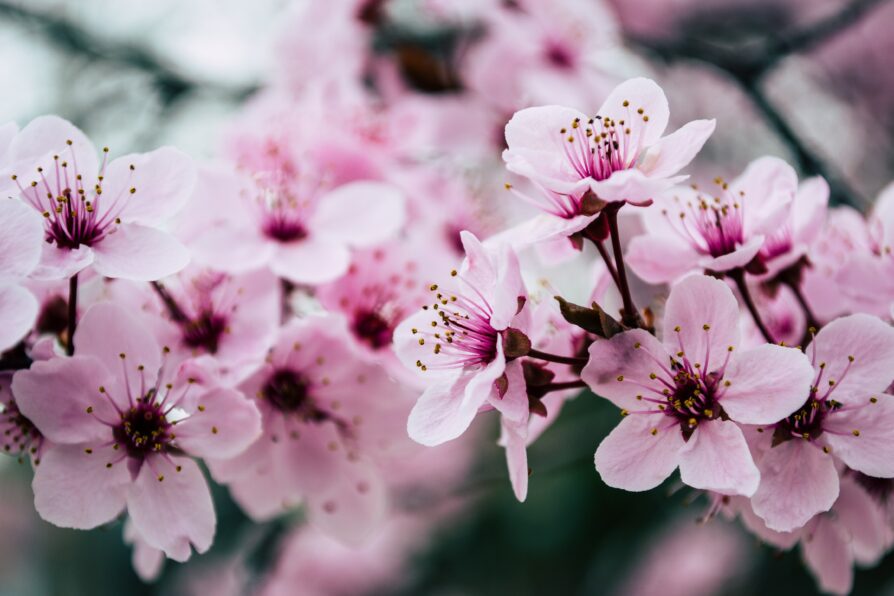
Hanami isn’t a holiday per se so much as it is a beloved season of time. It translates to “flower watching,” but it goes much deeper.
This is the short time of the cherry blossoms — “sakura” in Japanese — and these blooms have been beloved in Japan for over 1,000 years. They’re of course appreciated for their beauty, but the romanticism of this annual time goes much further: Sakura are only in bloom for a week or two, so their temporary nature is a reminder to soak up the beauty in the moment that we know won’t last. They’ve thus inspired poetry for millenia, and still inspire reflection and romantic philosophizing in those who go flower gazing.
During the week or two when the sakura are in bloom, you’ll see friends and family getting together for walks under the trees or for picnics to eat and drink with loved ones with cherry blossoms as the backdrop. It’s a time for experiencing the peacefulness and beauty of nature with those you love.
May: Kodomo No Hi (Children’s Day)
This holiday was historically called Boys’ Day, where it was of course all about celebrating boys, but in 1948 the day was changed to include all children. On this day, young kids are honored and their joy celebrated.
On Children’s Day, streamer kits resembling carp are hung outside homes and buildings to promote good fortune for the children’s future. This is because carp, especially koi, are thought of as strong role models for their determination in swimming upstream. These streamers symbolize the hope that children will be blessed with similar strength and courage in meeting life’s challenges. People also will display samurai helmets and dolls in their homes since they too are associated with that same strength and bravery of the carp.
Along with the decorations, children eat special snacks like kashiwa mochi which are sweet red bean paste-stuffed mochi wrapped in oak leaves and parents place seasonal iris flowers in the home.
July: Tanabata
Just like how Girls’ Day is the third day of the third month and Children’s Day is the fifth day of the fifth month, Tanabata — the star festival — is on July 7th, the seventh day of the seventh month. Because the translation from the traditional lunar calendar and the Gregorian solar calendar are imperfect, some areas will celebrate this on August 7th, instead, but in general, festivities are held during many parts of July and August even if July or August 7th is the “official” start.
Similar to many Japanese foods, holidays, and customs, Tanabata originates from an ancient Chinese holiday and celebrates when the stars Altair and Vega come together. Historically, this festival commemorated the story of two skilled gods, their marriage, forced separation, and annual reunion. It’s been celebrated in Japan for over 1,000 — since the 700s — and became especially prominent during the Edo period a few hundred years ago.
Nowadays, Tanabata festivals are held throughout Japan, with the most central custom being for people to write wishes on little sheets of colorful paper and then hang them from bamboo. Because of the folklore behind the holiday, traditionally people would often wish for better skills for self-improvement. These particularly tended to emphasize gendered domestic skills such as sewing or handwriting.
August: Obon
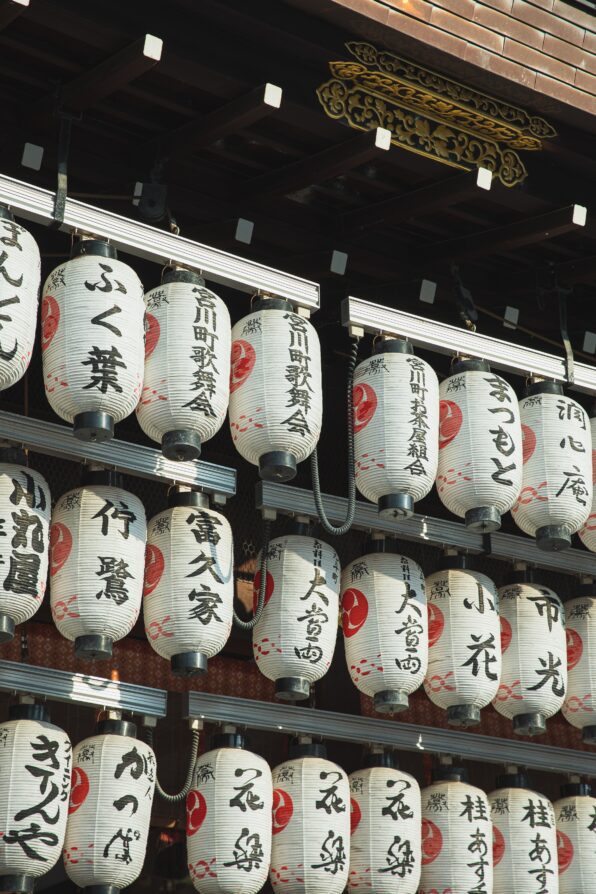
Obon can overlap with Tanabata. Because of this, over time they’ve melded somewhat and many of the customs of one are customs of the other, too. In many ways, the two holidays are celebrated together.
However, despite the two being celebrated concurrently at times, the purposes and origins aren’t related at all.
Obon is of Buddhist origin and is a time to celebrate ancestors and dead relatives, who are thought to return during the holiday to visit living family. The time around Obon is one of the most significant of the Japanese holiday seasons alongside New Years and the period of four holidays (including Children’s Day) known as Golden Week.
During this time, people hang up lanterns to guide the spirits of their ancestors, as well as visit graves and make offerings and participate in obon dances or bon odori. Once the season is over, lanterns are released to float down rivers and other bodies of water to help return the ancestors’ spirits back to their realm.
Although completely unrelated in their origins, it’s similar in sentiment and purpose to the Mexican Dia de los Muertos.
November: Shichi-Go-San
Shichi-Go-San actually just translates to “seven five three,” and that’s because it’s another children’s holiday — this time celebrating kids who are turning one of those ages. This traditionally is focused on girls turning seven or three, plus boys who are turning five. One could say it’s as much a rite of passage as a holiday proper.
The exact origins aren’t certain, but it’s mostly considered to have begun amongst the ruling classes during the medieval or early modern times in Japan as a celebration of children’s health during a time when child mortality was pretty dang high.
Each age has a different ritual traditionally associated with it; historically, infants and toddlers would have their head shaved until turning three (although this isn’t standard anymore), while for five-year-old boys and seven year-old girls this is traditionally their first time wearing complete formal wear. Many families will take their three-, five-, or seven-year-old children to a Shinto shrine to be blessed by a priest for a long, healthy life. They’re also often given a candy called chitose ame, which is a long, sweet stick of glutinous rice and barley with a candy cane-like red and white pattern.
Many Japanese holidays have been celebrated in some shape or form for a thousand years or more, with traditions that have both evolved with the time while still being grounded in the past. The nature of so many of these holidays serves to connect people with the world around them, to appreciate the temporary moment and the season that surrounds it.

